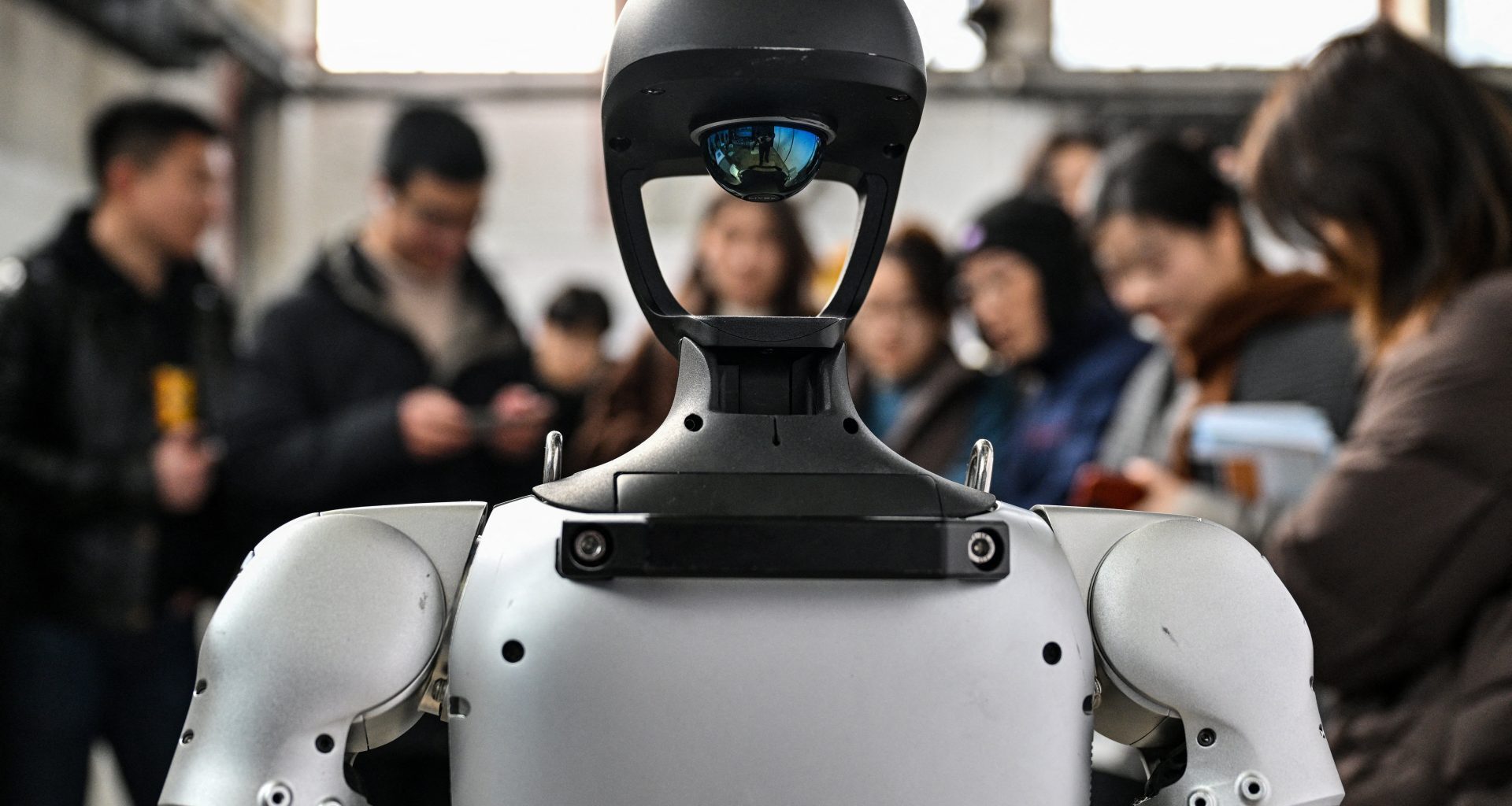“The first step onto the corporate ladder is vanishing for many new graduates,” argued a recent Fortune report. As a result, CEOs are warning that entry-level jobs are on the brink of extinction, with internships and opportunities for college graduates drying up.
Of course, not everyone will feel the impact in the same way. At the top of the pyramid are investors, entrepreneurs, and elite programmers who now command salaries on par with professional athletes. But artificial intelligence — fuelled by a huge infusion of Wall Street cash — threatens to eliminate many software jobs, along with high-end professional roles that involve routine analysis.
Young people are acutely aware of this. In the class I teach with Marshall Koplansky at Chapman University, several students predicted that the jobs they currently hold will soon disappear. Among them were a game designer, two human-resources executives, and a manufacturing and warehouse manager.
My engineering colleagues report a similar trend. While opportunities remain strong for mechanical and chemical engineers, as well as for those designing robotics, the outlook is far less certain for computer science students. Despite soaring profits at the largest tech companies, AI programming tools have enabled sweeping layoffs at firms such as Amazon, Intel, Meta and Microsoft. Today, among college graduates aged 22-27, computer science and computer engineering majors face some of the highest unemployment rates, according to a report from the Federal Reserve Bank of New York.
In response, many firms are now focusing on building tangible products rather than merely shifting algorithms for commerce or generating more social media. In the aerospace and defence sectors, for example, AI is seen not as an end but a tool. It is a means to enhance human creativity and productivity rather than replace it. “Software is not in the greatest position with AI,” Delian Asparouhov, who runs a firm focused on in-space manufacturing, told me. “Now people are shifting to hard tech. Designing and building spaceships still needs people.”
This could spell trouble for elite universities, but represents a major advantage for schools that teach the practical skills companies actually need. So far, these opportunities are largely concentrated in red and purple states in the Midwest and South — the regions most focused on reshoring manufacturing and other industries from overseas.
Attitudes are shifting alongside these economic changes. One recent survey found that roughly 83% of Generation Z feel that learning a skilled trade can be a better pathway to economic security than college — including 90% of those already holding college degrees. Indeed, as college enrolment has dropped between 2020 and 2023, trade school enrolment grew by 10%. These changes suggest that as practical skills gain value, regions offering them are likely to attract both talent and jobs.
California is already losing hard tech jobs to emerging players in Texas and the South. Between 2022 and 2023, Texas led the country in new tech jobs, while California remained largely flat. Florida came in second, with Georgia, Tennessee, and North Carolina also posting significant gains. Looking ahead, CompTIA (the Computing Technology Association) projects that Texas, Mississippi, Tennessee, and South Carolina will see the fastest growth in tech over the next decade.
The blue-red state divide could widen with AI, given its soaring demand for affordable electricity. California’s high energy prices — the highest in the nation — are one reason why companies building AI servers, advanced chips, and quantum hardware — such as Nvidia, Samsung, and Taiwan Semiconductor — are located in energy-rich states like Texas. Meanwhile, Pennsylvania’s new energy boom is widely seen as an ideal opportunity to expand both its tech and industrial base. For example, in 2022 Shell invested $6 billion in an ethane cracker in Monaca, Pennsylvania, converting the region’s abundant natural gas into plastics.
Artificial intelligence is reshaping the economic landscape, rewarding regions with affordable energy, practical skills, and a willingness to build tangible products. As California’s high costs and stagnant growth push tech jobs to Texas, the South, and Pennsylvania, the winners are likely to be those states that combine infrastructure, talent, and a pragmatic approach to industry. The question is no longer just about innovation — it’s about where that innovation can thrive, and which states are ready to seize the opportunities AI creates.
